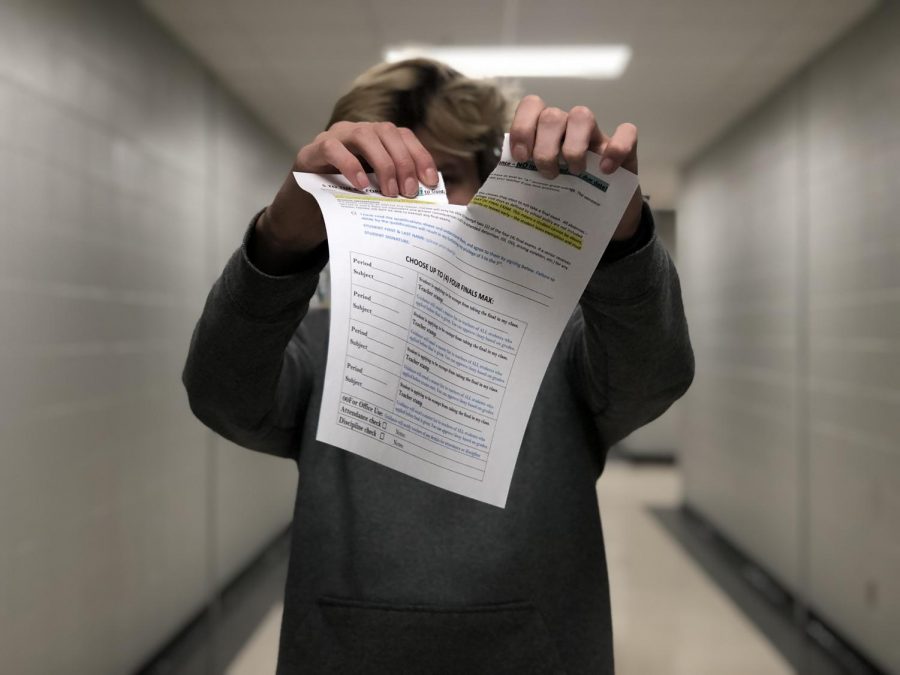[youtube https://www.youtube.com/watch?v=uNmFcj1ZbFA?rel=0&w=560&h=315]
CG Pubs has a special team that has been investigating vaping at Center Grove. Whether or not it is dangerous, and whether or not it is a problem.
Out of 70 times that we checked random bathrooms during the school day, we found 37 instances of students vaping, which is 52%.
“I think it’s a new thing so kids want to try, so it has been an issue here but it has been an issue everywhere in the community from adults all the way to kids under the age of eighteen,” chief of CGPD Ray Jackson said.
One reason vaping has grown in popularity is that it is often advertised as being safe and harmless. Common vaping sites spout statistics like E-cigarettes are 95% safer than smoking. One thing that is confusing is that E-cigarettes are marketed toward former smokers. Those ads say that E-cigarettes and vaping are better alternatives to cigarettes; Kevin Bogenschutz, a physician’s assistant in a pulmonologist office on Indy’s west side, believes vaping has some positives, but for people–and especially teens– who don’t transition from smoking to vaping, it can be hazardous.
“Is it safer than smoking? Yes, that’s what it seems to be. Is it a good alternative? You hate to say it is a good alternative but it is a better alternative than smoking actual cigarettes,” Bogenschutz said.
However, it is not a good alternative for people who start vaping after being a nonsmoker. A study released in March from the American Academy of Pediatrics found that chemicals in E-cigarettes have been linked to cancer-causing substances, or carcinogens, and are particularly dangerous for teen users.
“They all have different mixtures of things including diacetyl, which is one thing that you have to watch out for. Different things that can cause inflammation, different flavorings, and different mixtures of flavorings all have different components in them,” Bogenschutz said.
“Adolescent E-cigarette only users have levels of 5 volatile organic compound toxicants detected in their urine in quantities up to 3x greater than in matched controls.” Which means people who vape have three times more of the amount of these cancer-causing substances in them.
Even if you don’t vape, second hand vaping is a real problem. The Environmental Protection Agency cites one chemical in E-cigarettes can lead to a higher diagnosis of lung cancer from airborne concentrations. They also cite that at room temperature it can cause skin irritation, respiratory irritation, and eye irritation even after evaporating.
You may be sitting there thinking that just because your vape doesn’t have nicotine it is safe, but that is not true.
“An interesting article came out about how there are different types of white blood cells and one of them is monocytes, which can be an inflammation marker. The inhalation of E-liquids can increase these monocytes, which is basically an increased biomarker of inflammation,” Bogenschutz said. “Fibrosis, COPD, and asthma can exacerbate these problems from the flavoring chemicals. E-liquids may be safer for ingestion but as far as inhalation, heating up the liquid heating up your lungs, is where people are more skeptical about it. It is the flavorings that you really have to watch out for because they can increase inflammation markers.”
One chemical is called propylene oxide which is an extremely flammable substance that is listed as possibly carcinogenic to humans and used to make plastic. Another chemical is crotonaldehyde which produces toxic vapors at room temperature and is used in the preparation of leather tanning and in chemical warfare.
“Researchers at Harvard found that 39 out of 51 E-cigarette brands contain diacetyl, as well as two similarly harmful chemicals and 92% of E-cigarettes have a couple of these chemicals present,” Bogenschutz said.
Cancer and bronchial conditions sound scary. And if you are sitting there with asthma this is particularly dangerous.
Vaping is not harmless, CG. For those of you who do it, you need to know the risks. Today’s story was one of a two-part series that explores the consequences of vaping. Tune in on Thursday for the next part of our series.







